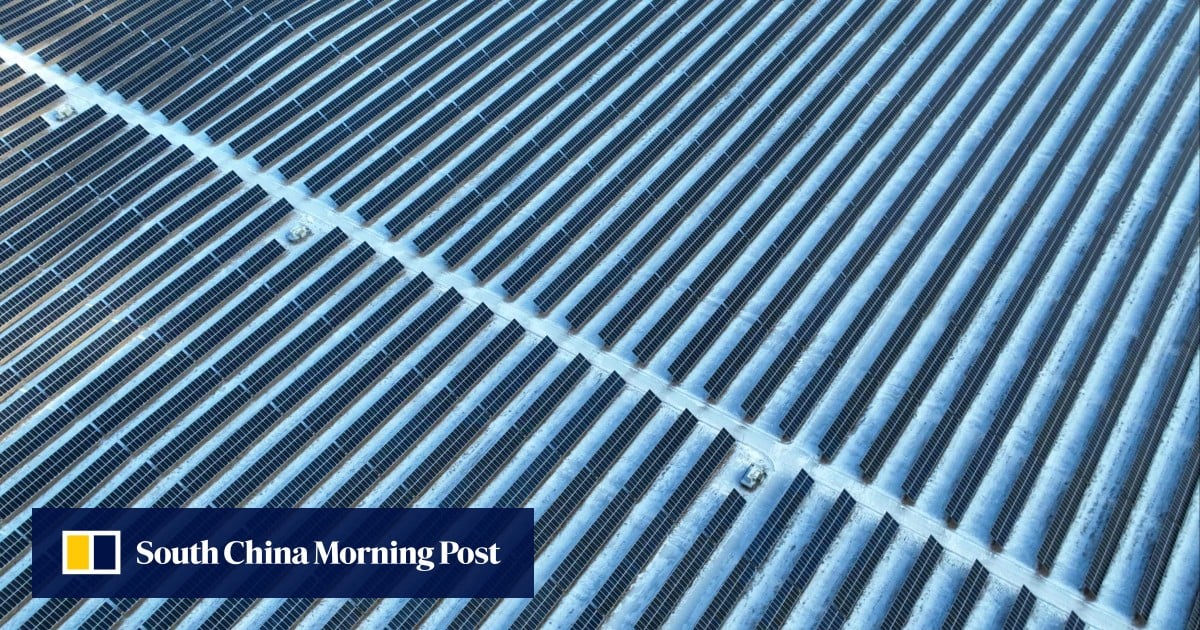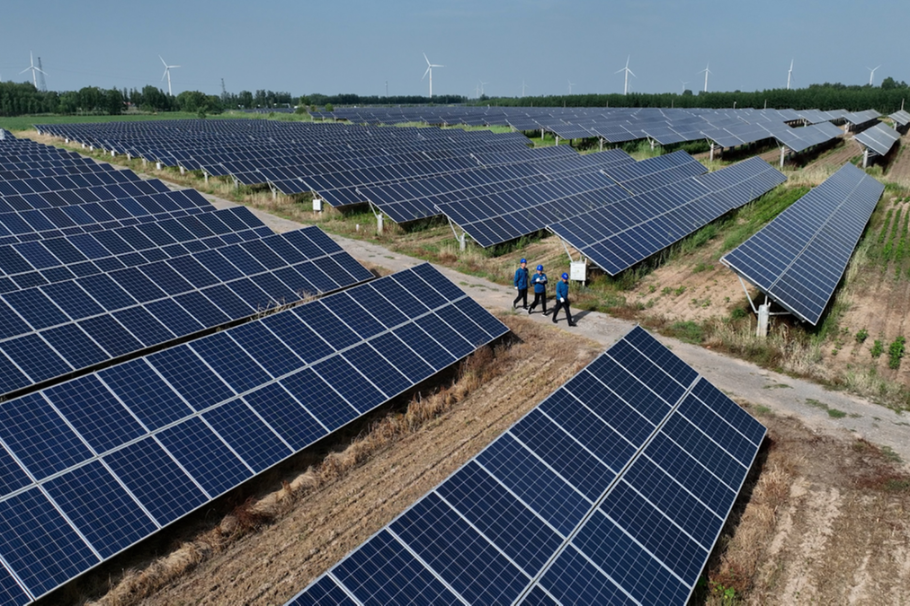The latest breakthrough in organic solar cell (OSC) technology has been unveiled by Prof. GE Ziyi and his team at the Ningbo Institute of Materials Technology and Engineering (NIMTE) of the Chinese Academy of Sciences (CAS). Published in Advanced Materials, their research introduces a pioneering method to optimize guest components, resulting in a significant boost in OSC efficiency.
Enhancing Solar Cell Efficiency
Organic solar cells (OSCs) have captured attention for their lightweight design, mechanical flexibility, and translucency, making them a focal point in organic electronic devices. The ternary strategy, integrating one guest component into a host binary system, has emerged as a highly effective approach to achieving OSCs with exceptional power conversion efficiencies (PCEs).
Key Research Findings
While numerous efficient guest components have been developed for binary host systems, predicting their impact on device efficiency has remained challenging. Leveraging density-functional theory (DFT) calculations, researchers designed and synthesized three asymmetrical non-fullerene acceptors (ANFs) with varying electrostatic potential (ESP) distributions: ANF-1, ANF-2, and ANF-3.
These ANFs were incorporated as guest acceptors in the renowned host system of D18:N3, with their impact on photovoltaic properties meticulously examined. Results revealed that a significant ESP difference between the guest acceptor and host system fosters strong intermolecular interactions, enhancing luminescent efficiency and electroluminescence quantum yield (EQEEL) while reducing E3 in ternary OSCs.
Optimal Efficiency Achieved
Comparing ternary films based on ANF-1, ANF-2, and ANF-3, it was evident that ANF-3-based films exhibited the largest ESP difference, leading to higher and more balanced mobility, smaller phase separation size, and improved charge transport. Consequently, the D18:N3:ANF-3 ternary OSC achieved the highest PCE of 18.93% with a low E3 of 0.236 eV.
Implications and Future Directions
This groundbreaking work not only offers a crucial guideline for designing high-efficiency guest acceptors to enhance open-circuit voltage in ternary OSCs but also demonstrates its applicability in other reported high-efficiency ternary OSCs, highlighting its broad significance in advancing solar technology and addressing energy market trends.
This innovative approach marks a significant stride in the solar energy market, paving the way for further developments in solar energy investment and reinforcing green energy policies worldwide.
Source:miragenews.com





